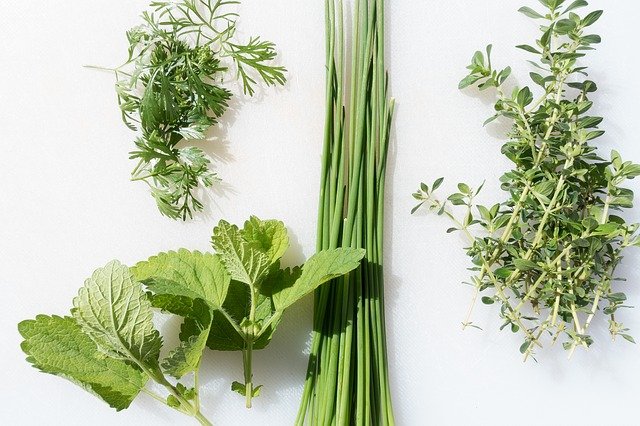Herbs and Spices: 7 Plants to Grow in Your Garden
Image by Thanks for your Like • donations welcome from Pixabay
There are numerous reasons why other people grow herbs: to save money, as a hobby, to eat healthier. Adding fresh herbs right from your garden can make your food tastier and cooking easier. Fresh herbs are perfect for adding to salads, pizzas, soups, and stews. Additionally, you can use some herbs to make tea.
Some numerous herbs and spices can enhance your meal, and the eight below are some of the herbs that you can plant right in your home.
Rosemary (Salvia rosmarinus)
Rosemaries have a mixture of green and gray colors. It has thick and leathery leaves that resemble needles. Herbs like Rosemary also make a great landscape plant. It’s used to decorate landscapes in milder climates. They thrive on dry soils, so keep in mind not to overwater. If you are aware of the needs of this plant and take care of it properly, it will grow into a full-sized bush.
During Christmas, tree-shaped rosemary is often sold during this time. You can use it in floral arrangements because of its fragrance. Rosemary is known for its deep flavor. It’s often utilized in vegetables, poultry, and meats.
Parsley (Petroselinum crispum)
This herb is annual, and it will stay in your garden all winter. Parsley is light green, and it’s mildly bitter that can add flavor to your meal. Many add parsley as a garnish for their food. Not many know this, but adding parsley to a stew can create a much-balanced flavor.
Parsleys are a favorite for novice and professional cooks. There are numerous parsley supplements on the market that can aid digestion. Admittedly, many herbs can help you digest better; parsley is just one of them. Parsley is a good source of Vitamin C and Vitamin A.
Thyme (Thymus vulgaris)
Thyme looks delicate, and it’s thin and tall. It’s used in vegetable, bean, and egg dishes to add flavor to them. It’s often used in Mediterranean, Provencal, French, and Italian cuisines. You can pair it with tomatoes, lamb, and poultry. Additionally, you can add it to most kinds of stews and soups. Thyme is included in the family of mints. The commonly used thyme has a lemon smell.
Thyme is a good source of manganese, iron, copper, and fiber. If you feel a cold coming, consume thyme immediately when you can.
Bay Leaves (Laurus nobilis)
The fragrance of these leaves reminds you of mint, balsam, clove, and some even say it smells like honey. Bay leaves are often added in hearty stews and other dishes that take longer to simmer with a slight pepper, sharp and bitter flavor. When you use them, remember to add the whole leaves, and don’t forget to remove them before serving;
Lemongrass (Cymbopogon)
Lemongrass plants’ leaves are about one inch across once they reach maturity. It can grow for up to six feet with a four-foot spread, but this can be smaller if you place it indoors. It’s light green. You can brew it in your tea to taste that strong lemon flavor. The stalks of lemongrass have antioxidants that are beta-carotene and defense against eye inflammation and cancer.
Oregano (Origanum vulgare)
Fresh oreganos are in the shades of bright green. Other cultivars range from yellow to dark green. When dried, the color of oreganos can vary from light brown-green to dark green.
Another part of the mint family is this plant. It is native to the Mediterranean and Eurasia, where it has warmer climates than most. It is a staple in Italian American cuisines because of its unique flavor. It first gained popularity during World War II when soldiers returned to their homes.
Arugula (Eruca vesicaria ssp. sativa)
Arugula is part of the Mustard family; it is another leafy green. When consumed, it gives a peppery flavor. Because of the leaves’ spicy taste and aromatic fragrance, it’s used in salads. When arugula is cooked, it’s when arugula truly shines. Note that when you add it in pesto, pizza, or pasta, add it last to prevent it from withering.
Takeaway
With the eight herbs mentioned above, you don’t have to go out and spend on herbs because it’s already in the comfort of your own home. Add freshly harvested herbs to your food and experience the luxury of owning a herb garden and the convenience it provides.

